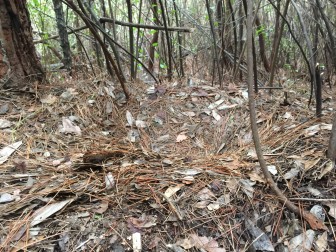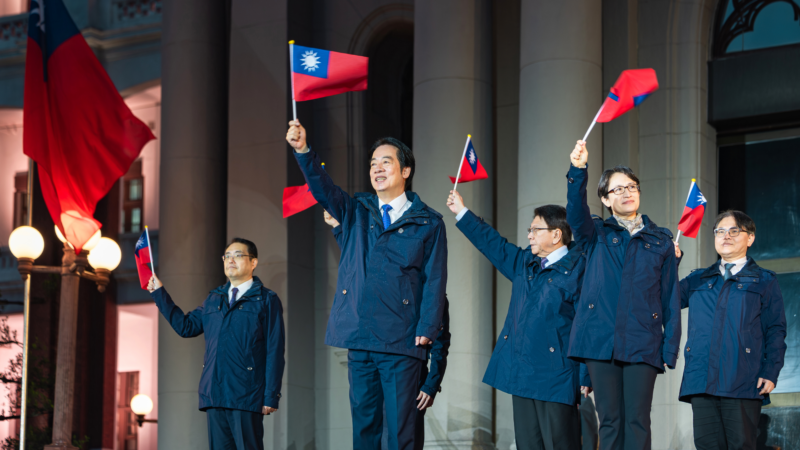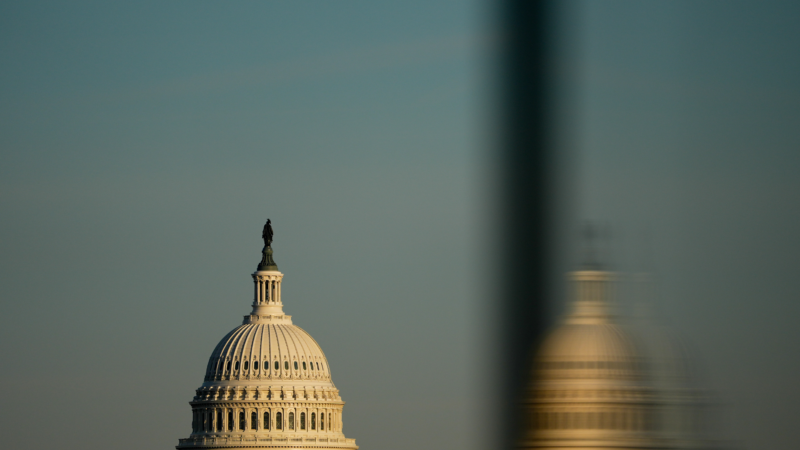Scientists Track Alabama Bear Cub Survival Rate
Alabama is home to two different populations of black bears. There is a small group in the northeast around Little River Canyon, which appears to be growing quickly. And then there is a larger group to the south near Mobile. The population there isn’t growing like it should, according to Todd Steury, a wildlife ecologist at Auburn University. Over the past few years, Steury and fellow researchers have noticed a problem in the area.
“We would go in and we’d visit the dens in spring and we’d count two, three cubs,” Steury says. “But then later in April or May we might only see one cub. And so we were very concerned that maybe cubs weren’t surviving.”
Steury thinks this could be related to the disappearance of traditional bear den habitat. In the past, bears along the coast used old hollowed-out cypress trees to rest or hibernate. But there aren’t many of these trees left. Steury says now, bears are making nests in the ground, like big shallow birds’ nests. These might not provide enough protection for cubs.
Steur recently received a $1.1 million grant from the Alabama Department of Conservation and Natural Resources to study the problem.
For the next five years, Steury’s team will study this behavior and track the survival rate of black bears throughout Alabama. The research could help stabilize and improve the population, which Steury says is good for the ecosystem.
“It’s something that in conservation circles we call an umbrella species,” Steury says. “In that, if you protect this animal, it serves as an umbrella and it protects a whole lot of other animals too.”
Steury says most people want to protect bears, but they don’t want the animal close by. For those who happen to encounter a black bear, Steury’s advice is to make a lot of noise and back up slowly.
Taiwan’s president pledges to defend island’s sovereignty after Chinese military drills
Taiwanese President Lai Ching-te vowed to defend the self-ruled island's sovereignty in the face of what he termed China's "expansionist ambitions," days after Beijing wrapped up live-fire military drills near its shores.
Deaths reported during widening protests in Iran sparked by ailing economy
The protests began due to economic pressures, with Iran's currency rapidly depreciating. Demonstrators have also chanted against the country's theocracy.
Congress failed to extend Obamacare subsidies. This Democrat says Trump can save them
Sen. Peter Welch, D-Vt., says he thinks the Senate can pass a "retroactive" Affordable Care Act subsidy extension, but "we need President Trump."
Rideshare union rights, social media limits and other state laws taking effect Jan. 1
Every new year, public media reporters across the country bring us some of the new state laws taking effect where they are. Here are six in 2026.
Guides to help you tackle your New Year’s resolutions
From building your strength to tackling credit card debt, NPR's Life Kit has a newsletter journey to help you tackle your New Year's resolution.
Guides to help you tackle your New Year’s resolutions
From building your strength to tackling credit card debt, NPR's Life Kit has a newsletter journey to help you tackle your New Year's resolution.






